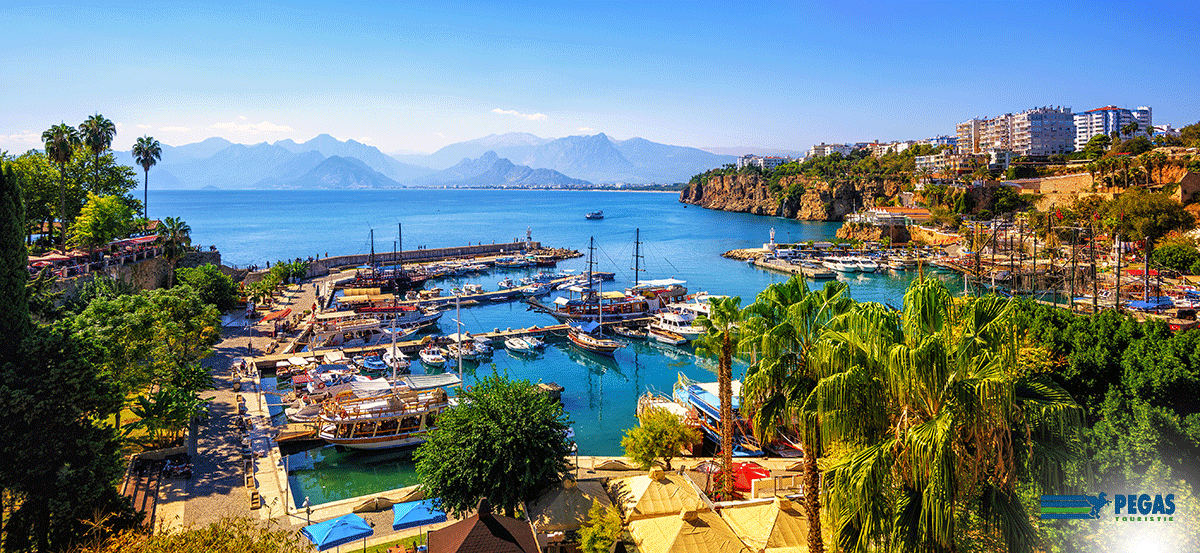Jordan’s desert castles give an excellent insight into the countries rich and tumultuous history; and Al Hallabat Castle – or Qasr al-Hallabat as it is known in Arabic – is no different, taking the visitor on an educational journey through time to the period of the Roman Empire.
Built in the second and third century AD under the rule of the Roman Emperor Caracalla, the fortress was originally intended to protect Roman travellers, traders and militia from Bedouin tribes during their passage from Damascus to Aqaba. Partially destroyed at the end of the Roman era in the eighth century AD, the castle was built over and the area transformed into a vast desert complex by the Umayyad caliph to symbolise the fall of power on the Romans.
Once a thriving hub of trade and business, the complex would have been home to a mosque, bath houses, ornate buildings adorned with mosaics and frescoes and reservoirs for farming. Today a significant portion of the complex and its structures is still standing including the Umayyad mosque, beautiful archways and a courtyard adorned with Latin inscriptions and mosaics; and thanks to a Spanish-led project, the castle itself has been restored to a shadow of its former state.

